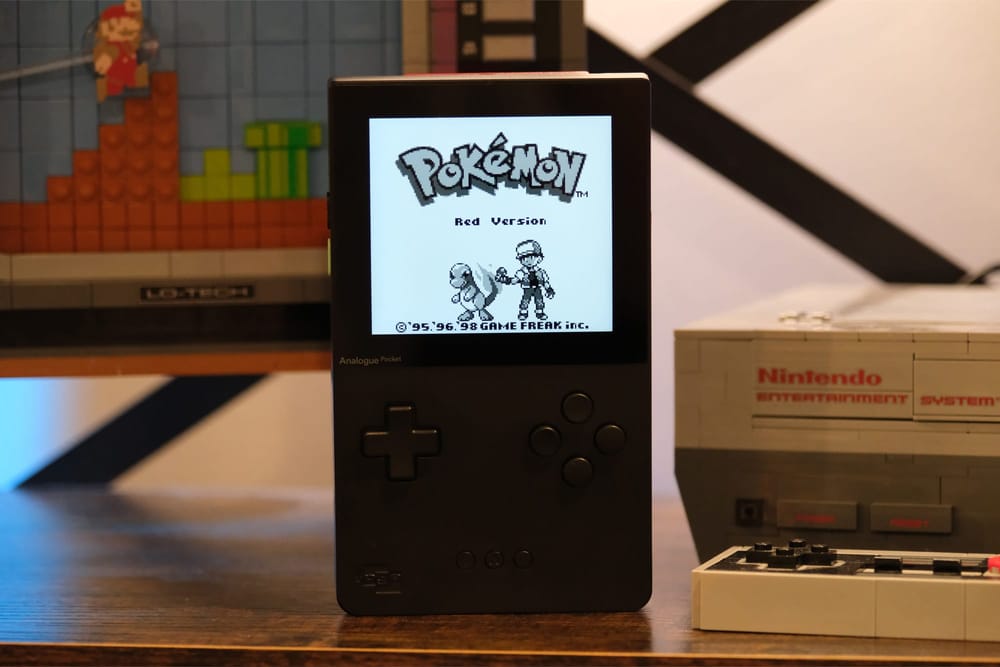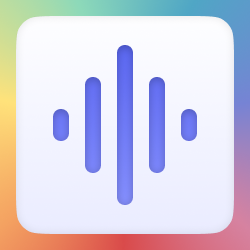
There’s a specific kind of magic slotting a cartridge into a handheld, the familiar click while looking at the label’s worn edges. It’s a ritual that no digital library can replace.
When I first saw the Analogue Pocket in 2019, I knew how special the handheld would be. At the time, it was still a few years from fruition and I placed the idea of it to the wayside. It looked like the Game Boy I remembered, reimagined with modern materials, display technology, and a worthy OS—it felt like Apple taking a stab at the retro gaming market to an extent (from a presentation level at least). But for me, the real magic wasn’t in the promise of running every game. It was in playing my games, the exact cartridges I enjoyed as a kid, the ones I can look at in my drawer or on the shelf at a game store and have an instant wave of nostalgia wash over me.
Meeting the Analogue Pocket
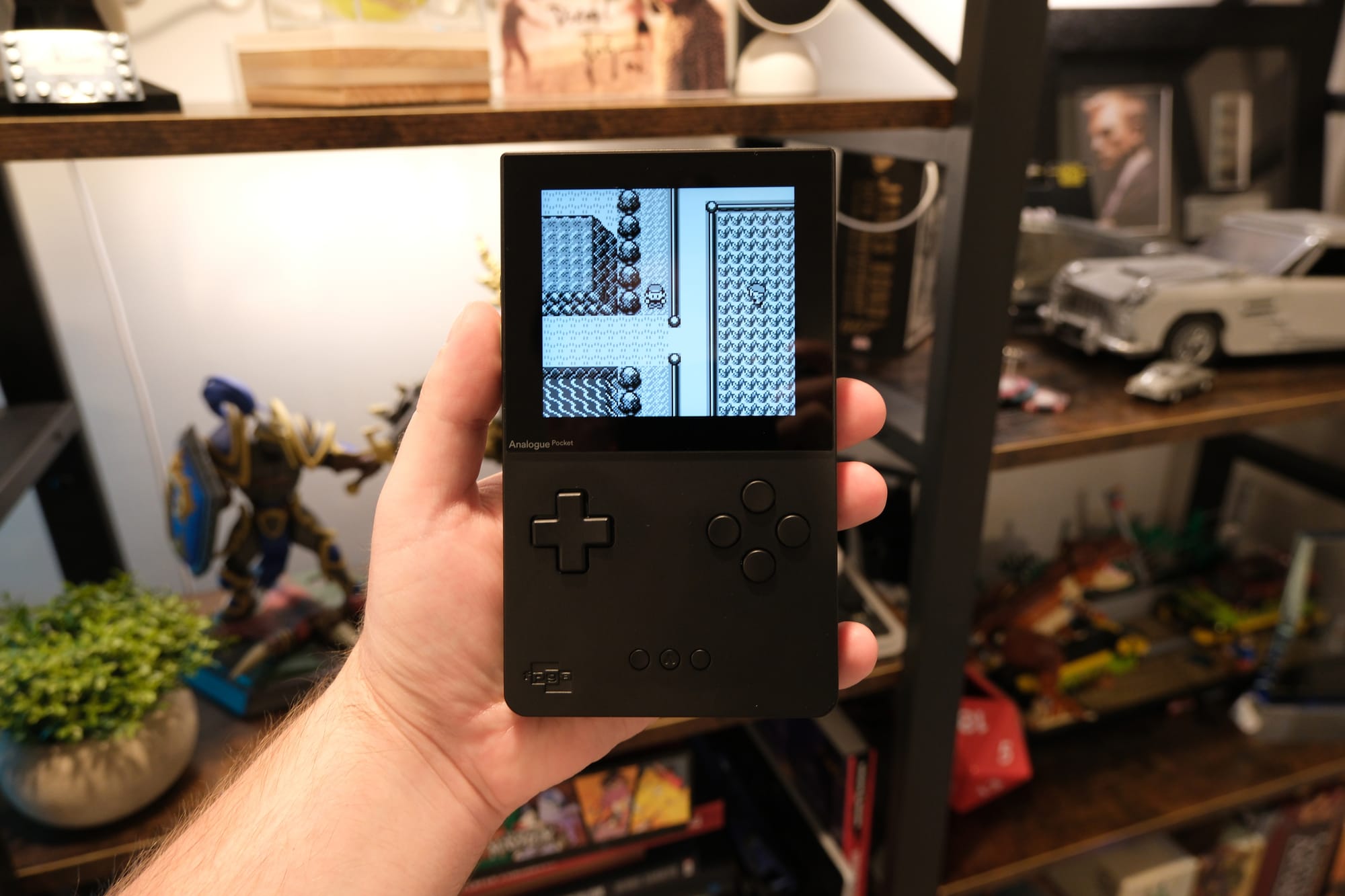
Unboxing the Pocket feels ceremonial. The matte finish absorbs light like it’s carved from obsidian. The lines are clean, symmetrical, intentional. The moment you pick it up, the weight feels right, it's substantial without being heavy, balanced without being fragile. Every button has a tactility to it, the D-pad responds with just enough travel, and the triggers are satisfyingly clicky and spongy all at the same time.
But it’s the screen that changes everything. The 3.5″ LTPS panel boasts an almost absurd 615 pixels per inch. Sprites I’ve known since childhood are suddenly razor-sharp, their colors rich and vivid. There’s no ghosting, no uneven backlighting, no squinting to make out detail (though I'll miss that Brite Beam). It’s like your games have been quietly waiting for a display like this to exist.
The original Game Boy introduced handheld gaming to the masses with hardware that, even then, wasn’t the most advanced on the market. Rivals like the Atari Lynx and Sega Game Gear offered color, backlit screens, and more powerful processors. But Nintendo, under the guidance of designer Gunpei Yokoi, followed a different path. His philosophy of “lateral thinking with withered technology” meant reusing proven, inexpensive parts in clever ways—prioritizing reliability, affordability, and longevity over cutting-edge specs. The result was a device with a monochrome 160×144 pixel display, a humble 4.19 MHz processor, and a brick-like form factor that could run for 20–30 hours on four AA batteries. Pair that endurance with a rugged build, a simple two-button control scheme, and the social magic of the link cable (think Tetris battles), and the Game Boy didn’t just compete with its flashier rivals—it outlasted and outsold them by orders of magnitude.
Game Boy vs Analogue Pocket
Just for fun, let's take a quick look at the hardware comparison between these two devices that are 32 years apart.
| Feature | Game Boy1989 | Analogue Pocket2021 |
|---|---|---|
| Processor | 8-bit custom CMOS @ 2.2 MHz | Two FPGAs (Altera Cyclone V & Cyclone 10) |
| Display | STN dot-matrix LCD, 160 × 144 px, 4 shades of grey | 3.5″ LTPS LCD, 1600 × 1440 px (10×), variable refresh ~30–62 Hz |
| Sound | 4-channel stereo | Stereo speakers + 3.5 mm headphone jack |
| Dimensions | 90 mm × 148 mm × 32 mm | 88 mm × 149 mm × 22 mm |
| Weight | ~300 g (with batteries) | ~275–276 g |
| Power Source | 4 × AA batteries | Built-in 4,300 mAh Li-ion; USB-C (fast charging) |
1989
2021
Processor
Display
Sound
Dimensions
Weight
Power Source
The Analogue Pocket uses FPGA hardware simulation rather than a traditional CPU. Values are approximate and may vary by revision and accessories.
Living Inside PocketOS
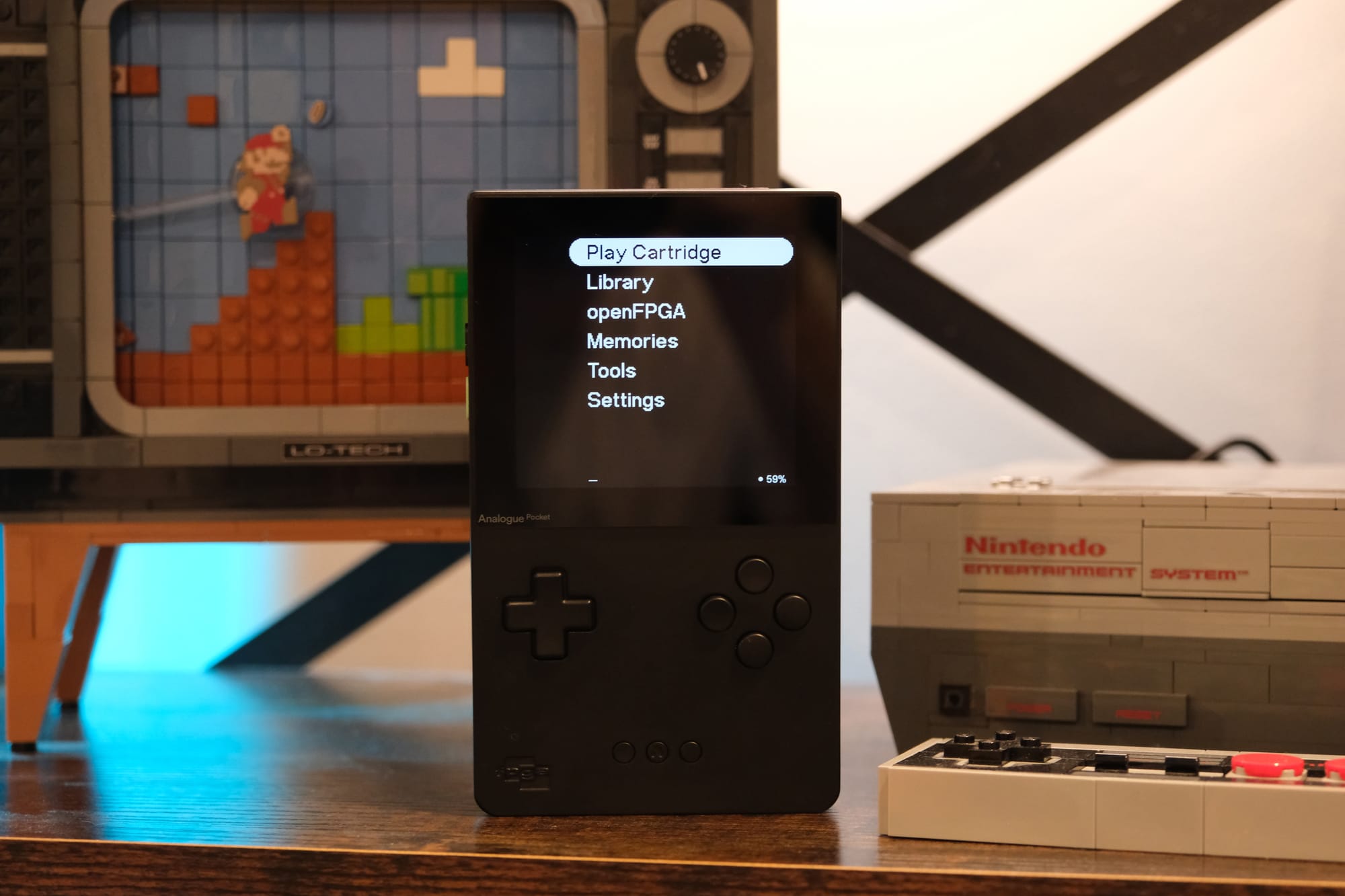
The Pocket’s software, PocketOS, doesn’t try to outshine your games. It’s clean, minimal, and fast. Insert a cartridge, and it boots instantly. You can browse your cartridge library, check metadata, and manage save states (called Memories) without ever losing sight of what you came here for... to play.
Analogue updates PocketOS fairly regularly. New display modes, expanded hardware compatibility, and openFPGA support have turned the Pocket into a living, evolving platform. But for me, all of that is secondary to its core function: natively running original cartridges with the same immediacy as the handhelds they were made for.
One of the PocketOS's most thoughtful touches is those built-in display modes. Each supported system (Game Boy, Game Boy Color, Game Boy Advance, and even Game Gear) comes with its own authentic visual profile. You can toggle between options that replicate the original look and feel of the hardware or choose cleaner, modernized rendering that takes full advantage of the Pocket’s ultra-sharp display. It’s the best of both worlds: you can relive your games exactly as they looked in the ’90s, or see them with a clarity they’ve never had before.
Analogue Pocket Video Options
Built-in display settings for Game Boy, Game Boy Color, Game Boy Advance, and Game Gear.
| Feature | GBGame Boy | GBCColor | GBAAdvance | GGGame Gear |
|---|---|---|---|---|
| Display Mode | ||||
| Analogue GB | ✓ | ✓ | — | — |
| Analogue GBA | — | — | ✓ | — |
| Analogue GG | — | — | — | ✓ |
| Original DMG | ✓ | — | — | — |
| Original GBC | — | ✓ | — | — |
| Original GBA | — | — | ✓ | — |
| Original GG | — | — | — | ✓ |
| Original Pocket | ✓ | — | — | — |
| Original Light | ✓ | — | — | — |
| Original SP101 | — | — | ✓ | — |
| Original GG+ | — | — | — | ✓ |
| Pinball Neon Matrix | ✓ | — | — | — |
| Color Palettes | ||||
| Grayscale | ✓ | — | — | — |
| Mint | ✓ | — | — | — |
| Blue | ✓ | — | — | — |
| Green | ✓ | — | — | — |
| Purple | ✓ | — | — | — |
| Custom | Soon™ | — | — | — |
| Edit/Load Custom | Soon™ | — | — | — |
| Frame Blending | ✓ | ✓ | ✓ | ✓ |
| Sharpness | ✓ | ✓ | ✓ | ✓ |
| Desaturation | — | ✓ | ✓ | ✓ |
| Size/Position | ||||
| Width | ✓ | ✓ | ✓ | ✓ |
| Height | ✓ | ✓ | ✓ | ✓ |
| X Position | ✓ | ✓ | ✓ | ✓ |
| Y Position | ✓ | ✓ | ✓ | ✓ |
| Aspect: Fit | — | — | — | ✓ |
| Aspect: 4×3 | — | — | — | ✓ |
| Reset to Defaults | ✓ | ✓ | ✓ | ✓ |
Display Mode
Color Palettes
Video Processing
Size/Position
Complete video feature matrix for all supported systems. Game Boy offers extensive color palette customization, while color systems focus on display quality adjustments. Game Gear includes unique aspect ratio controls.
The Joy of Physical Cartridges
There’s something grounding about physical games. They age with you. Each cartridge carries its own story — not just the one inside the code, but the one written on its surface. A scuffed label, a faded sticker, a plastic shell that’s scratched—all of these small imperfections remind me that these games were played, not just collected. They’re artifacts from a time when progress wasn’t backed up in the cloud, but carried inside the cartridge itself.
What’s fascinating is how those little gray rectangles actually managed it.
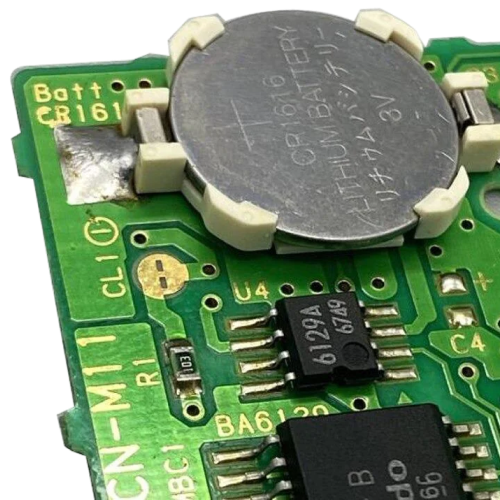
Game Boy cartridges often use a coin-cell battery to keep an SRAM chip powered, preserving save data. Since SRAM is volatile, the battery supplies a small trickle of voltage whenever the cartridge isn’t in use. These cells usually last 10–20 years, after which saves are lost unless the battery is replaced.
Your 100-hour Pokémon adventure wasn’t guaranteed to last forever, it was dependent on a battery no bigger than a coin. Later cartridges (especially in the Game Boy Advance era) switched to flash memory or EEPROM, which didn’t need constant power to preserve saves. But in those early days, the SRAM + battery combo was what made handheld saving possible.
Preservation in the Digital Age
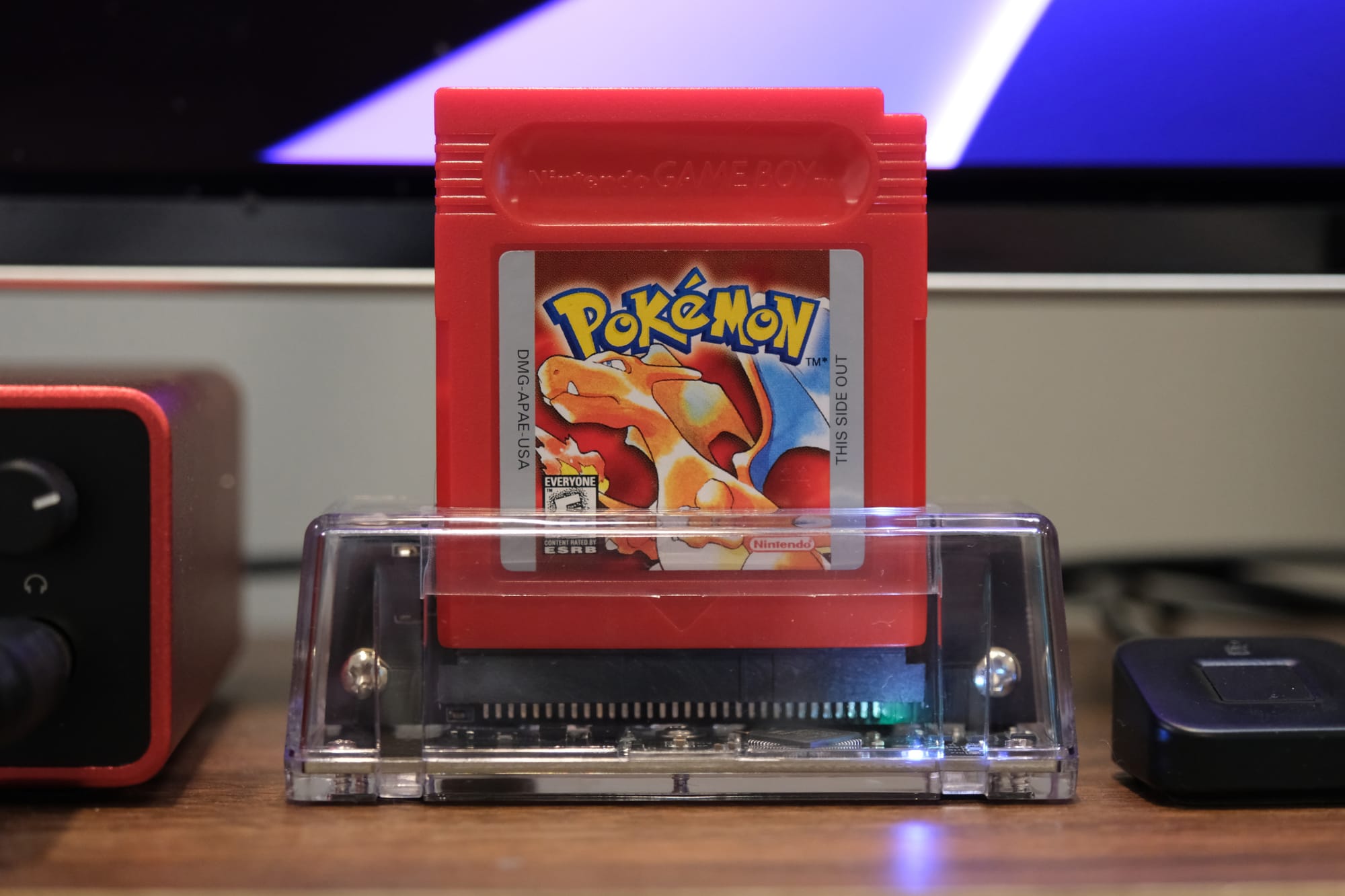
I don’t have a massive childhood library of cartridges, just a few survivors that were my childhood favorite, like Pokémon Sapphire that I've carried with me for decades. Most of my collection today comes from the secondhand market, often carts that have been wiped or long since lost their saves.
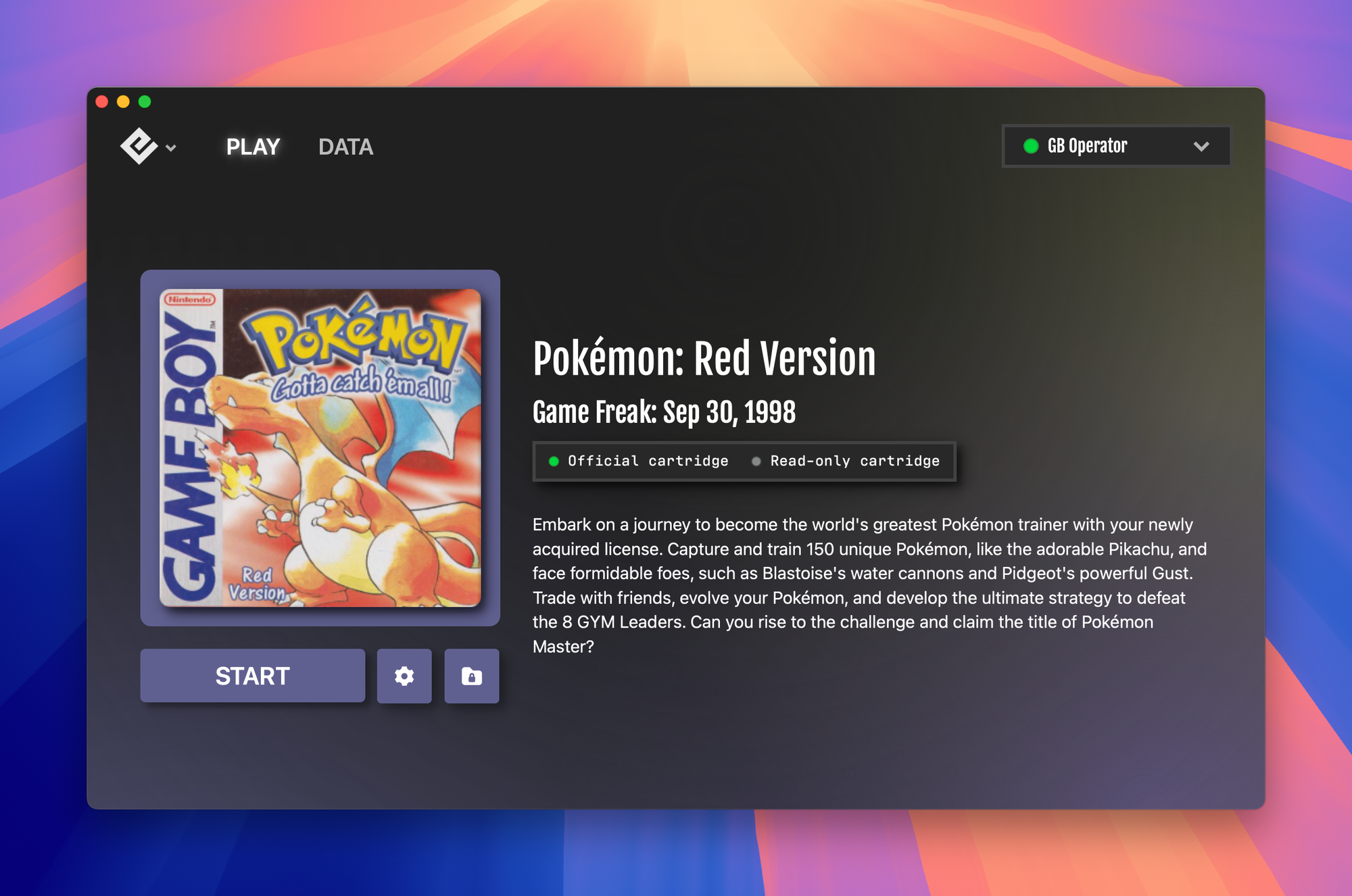
The GB Operator from Epilogue, with it's fun transparent physical design and the Playback app has made archiving the past and reviving and customizing carts today an essential part of my cartridge workflow.
- Load & Test Games—verify that every newly purchased cart boots and runs properly.
- Backup Existing Saves—if a cart isn’t wiped, I can still pull its old data before starting fresh.
- Upload New Saves—the real game-changer. I can take progress from emulators, preserved community save files, or my own backups and write them back to a cart. Suddenly, even a blank cartridge can carry rare content.
- Event Pokémon Restorations—distributions like the Toys “R” Us Mew, once locked behind in-person events, can live again on original hardware by writing event saves back onto a cartridge. It’s a way to reconnect with parts of the Pokémon experience that simply don’t exist anymore.
- Game Boy Camera Transfers—pull photos onto my computer, or even cycle images back in.
- Counterfeit Detection—with so many repros in circulation, Playback ensures I’m collecting the real thing.
Being able to upload saves back to carts transforms collecting. It means I don’t just own a piece of hardware—I can bring it back to life, enrich it, and reconnect with content that would otherwise be lost to time. The GB Operator isn’t just a preservation tool. It’s an editing desk for my entire collection, letting me breathe new stories into old shells.
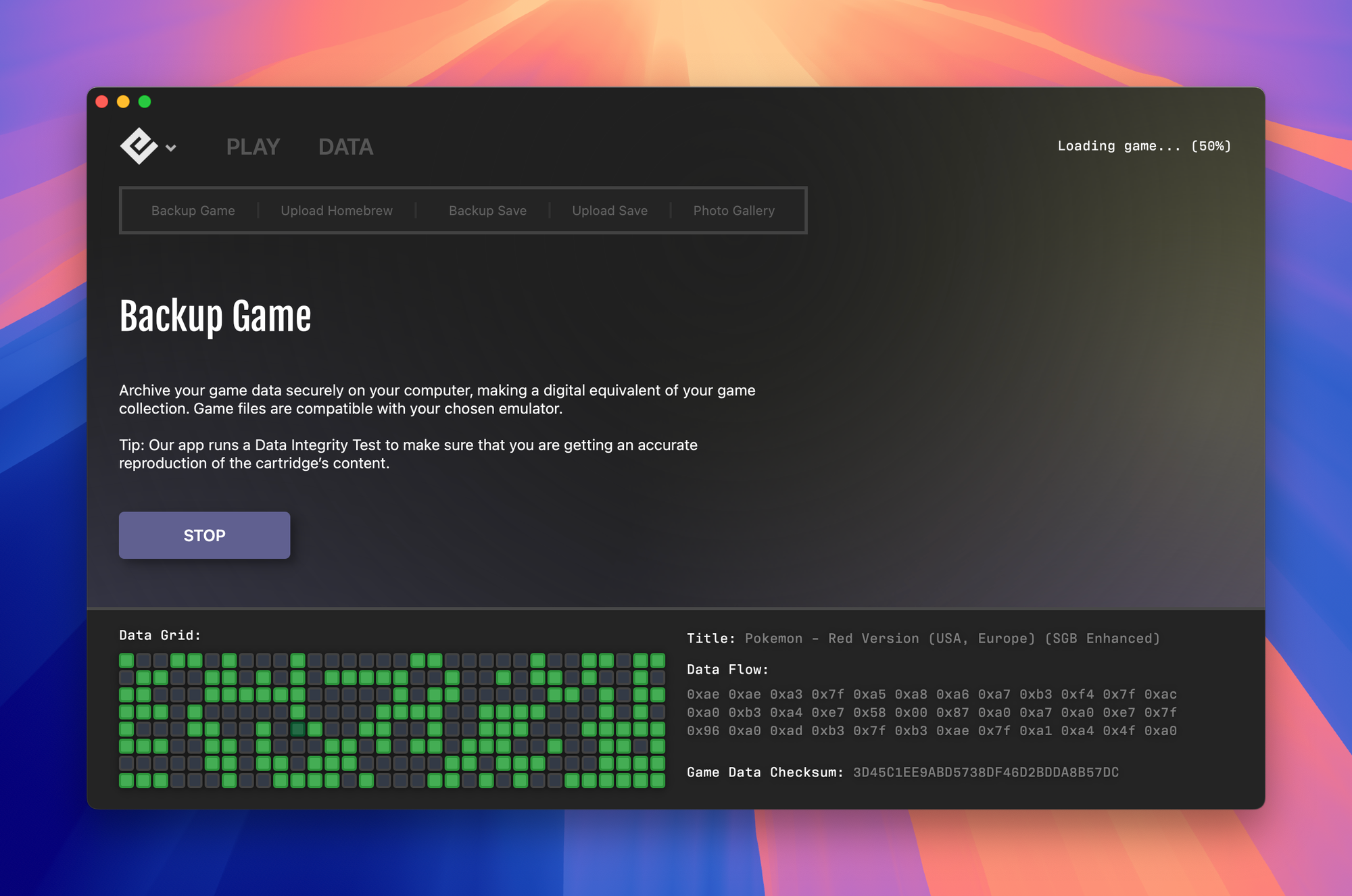
Rediscovering the Game Boy Camera

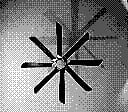

Grainy, charming, and endlessly creative.
The Game Boy Camera was always a little weird, even for Nintendo. A 128×112 grayscale sensor, a lens you could spin around, and the ability to print your photos with a thermal printer. But I'm relearning just how much fun and how creative you can be with this little toy all over again.
On the Pocket, it’s pure fun, snapping pixelated self-portraits, taking moody and high-contrast shots. I can pull those shots onto my computer instantly with the GB Operator, preserving them in high-quality formats and even cleaning them up for sharing online.
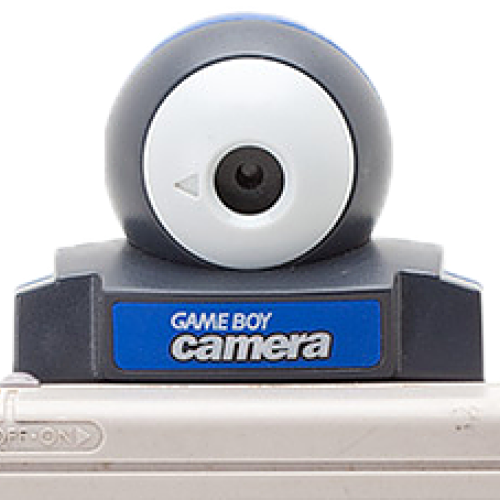
The Game Boy Camera (1998) used a 128×112 pixel CMOS sensor capable of capturing 4-shade grayscale images. Photos were stored in the cartridge’s 128 KB of flash memory, with built-in tools for editing, simple animations, and mini-games. Combined with the Game Boy Printer, it effectively turned the handheld into one of the smallest consumer digital cameras of its era.
Okay, so why am I randomly mentioning the Game Boy Camera here? Mostly because I'm going to start documenting some little moments in life through that very camera, you can follow along on Bluesky when I get started.
Pocket Sync
While I'm still figuring out the ins-and-outs of my Pocket workflow, I can tell you that managing my Pocket without Pocket Sync would feel like rummaging through a messy attic—firmware updates hidden in folders, save files scattered, homebrew tucked away where you’ll forget about it. Pocket Sync helps solves that.
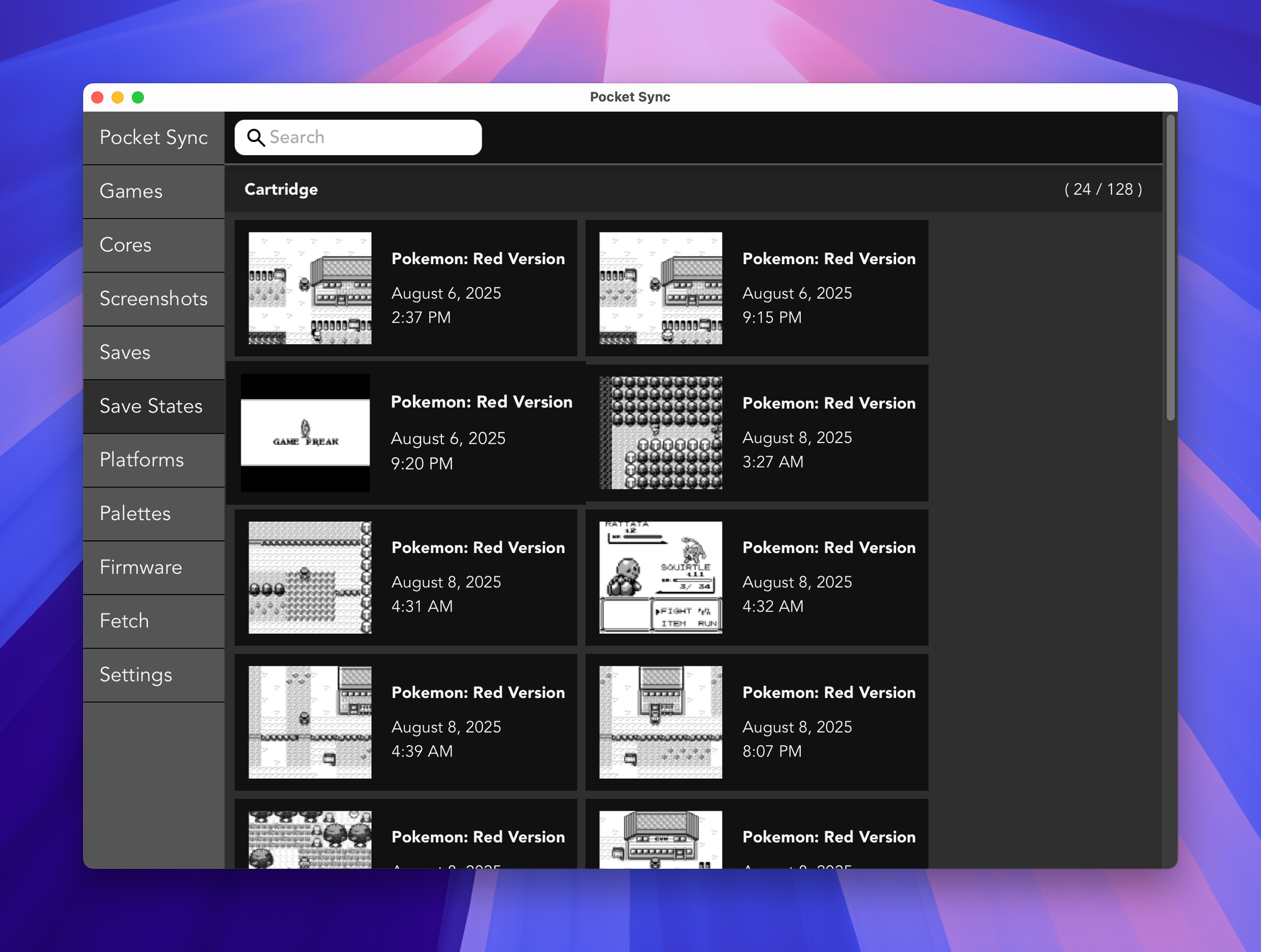
This open-source desktop utility connects the Pocket directly to my computer, turning the SD card shuffle into a one-click experience. Instead of dragging files around manually, I can:
- Update firmware and openFPGA cores in seconds—no hunting for downloads or remembering where to copy them.
- Organize saves with clarity—every backup gets a clear name and proper folder, so I never lose track of progress.
- Keep my collection tidy—homebrew experiments and ROMs live in neat, structured folders instead of chaos.
- Sync without fear—changes flow both ways, without breaking directory structures or overwriting something by accident.
Pocket Sync makes the Pocket feel like part of a modern, well-integrated ecosystem. Together with the GB Operator and Analogue’s hardware, it’s the quiet force that helps make the whole setup feel polished and effortless.
If you find Pocket Sync useful, consider sponsoring Neil on GitHub. Your support helps him maintain and improve Pocket Sync for the whole community.
Preserving the Past, Playing the Future
We live in an age where everything is streamed, downloaded, and stored in invisible servers. I've been making an effort to disconnect a little here and there and reconnect with some staples from not only my childhood, but before. Physical media offers something digital can’t—a tangible link to your past. A game cartridge isn’t just code; it’s a story you can hold. It’s worth the effort to keep those stories alive. It's worth the extra storage space in our already crowded townhouse to be able to reconnect with those moments.
The Analogue Pocket, GB Operator, and Game Boy Camera aren’t just part of a collection for me. They’re part of an ongoing effort to make sure the games and moments that shaped me can still be experienced and shared.
Every time I press that little green power button, I’m reminded why I started this in the first place.

